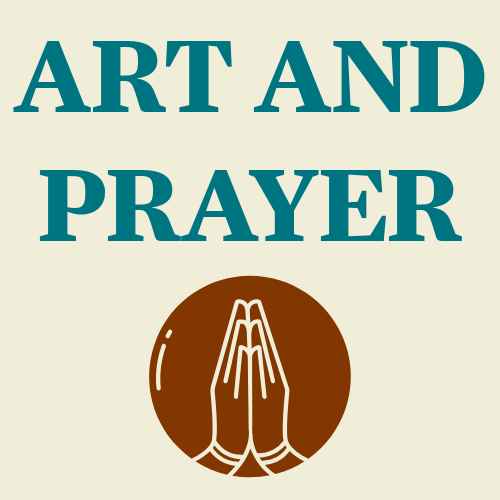Praying with Bruegel the Elder's "Census at Bethlehem"
Contemplative prayer calls for stillness amid life’s busyness, inviting a deeper awareness of God’s presence. Through scripture and a village scene painting, participants reflect on recognizing Christ in ordinary moments. How might you find space for quiet attentiveness to God amid your daily distractions?
Luke 2:1-5
This session opens by introducing contemplative prayer, highlighting its deep connection to both art and scripture. Drawing on Chapter One of Juliet Benner’s Contemplative Vision, the discussion centers on the Advent season and the complex invitation to stillness—an experience that can feel both deeply desirable and somewhat unsettling. The session acknowledges that while contemplative prayer offers peace, it challenges the busy pace of modern life.
The pervasive culture of busyness is explored as a significant barrier to prayer and spiritual awareness. In a society that often equates being busy with success and purpose, many have become “human doings” rather than “human beings.” This shift results in a loss of appreciation for solitude and quietness, which are essential for cultivating a deeper relationship with God.
Contemplative prayer is presented as a transformative process of awakening and attentiveness. It requires withdrawing from distractions to cultivate an inner stillness that can endure amidst life’s external demands. Participants are encouraged to embrace this form of prayer especially during Advent, using it as a means to find calm and spiritual renewal amid the season’s hectic pace.
The session then shifts to art as a powerful medium for contemplation, focusing on a painting by Bruegel the Elder. The artwork portrays a bustling village scene, filled with people engaged in everyday tasks, serving as a metaphor for the busyness of contemporary life. Within this scene, Mary and Joseph are subtly integrated, inviting viewers to recognize the spiritual significance hidden within ordinary moments.
Scriptural reflection accompanies the art with a reading from Luke 2:1-5, recounting Mary and Joseph’s journey to Bethlehem. Participants are invited to enter into the emotions and struggles of this journey, reflecting on their own distractions and burdens that may hinder recognition of Christ’s presence. Symbolic elements in the painting—such as an evergreen wreath, wagon wheels, chickens, and logs—are highlighted to deepen understanding of Christ’s eternal significance. The session closes with an invitation to carry this contemplative awareness forward, remaining attentive to God’s presence during the busy Advent season.





